
Enos Edward "Yakima" Canutt was an American champion rodeo rider, actor, stuntman, and action director. He developed many stunts for films and the techniques and technology to protect stuntmen in performing them.

Lane Chandler was an American actor specializing mainly in Westerns.

Zorro's Fighting Legion is a 1939 Republic Pictures film serial consisting of twelve chapters starring Reed Hadley as Zorro and directed by William Witney and John English. The plot revolves around his alter-ego Don Diego's fight against the evil Don Del Oro.
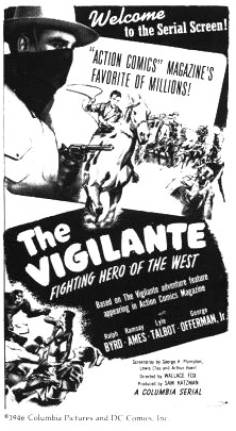
The Vigilante, marketed as The Vigilante: Fighting Hero of the West, is a 1947 American Western film serial directed by Wallace Fox. The 33rd serial released by Columbia Pictures, it was based on the comic book cowboy Vigilante, who first appeared in Action Comics, published by DC Comics. It stars Ralph Byrd, well known for his central role in the Dick Tracy serials. It was his last serial appearance.

S O S Coast Guard is a 1937 Republic film serial. It was the seventh of the sixty-six serials made by Republic. The plot concerns the mad scientist Boroff attempting to sell a superweapon to the highest bidder, opposed by Coast Guard Lieutenant Terry Kent, for both personal and professional reasons.
John Wilkinson English was a British film editor and film director. He is most famous for the film serials he co-directed with William Witney for Republic Pictures such as Zorro's Fighting Legion and Drums of Fu Manchu.

The Fighting Devil Dogs (1938) is a 12-chapter Republic movie serial starring Lee Powell and Herman Brix, the latter better known by his later stage name, Bruce Bennett. It was directed by William Witney and John English. While not often considered a great serial, as it contains much stock footage and two recap chapters, it is famous for its main villain, the Lightning—the first costumed supervillain. There is some speculation that George Lucas used the Lightning as a template for Darth Vader.
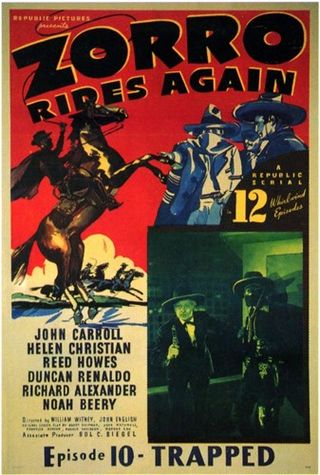
Zorro Rides Again (1937) is a 12-chapter Republic Pictures film serial. It was the eighth of the sixty-six Republic serials, the third with a Western theme and the last produced in 1937. The serial was directed by William Witney & John English in their first collaboration. The serial starred John Carroll who also sang the title song as a modern descendant of the original Zorro with Carroll stunt doubled by Yakima Canutt. The plot is a fairly standard western storyline about a villain attempting to illicitly take valuable land. The setting is a hybrid of modern (1930s) and western elements that was used occasionally in B-Westerns. It was also the first in a series of five Zorro serials, followed by Zorro's Fighting Legion (1939), Zorro's Black Whip (1944), Son of Zorro (1947) and Ghost of Zorro (1949).

Kay Hughes was an American actress in the 1930s and 1940s who appeared mainly in Western films and serials.
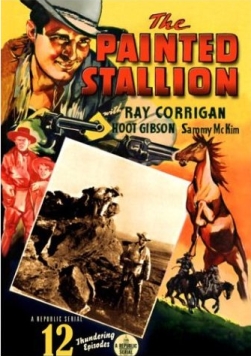
The Painted Stallion is a 1937 American Western film serial from Republic Pictures. It was the sixth Republic serial of the sixty-six made by that company. Western serials such as this made up a third of the serials from Republic, a studio that was also heavily involved in making B-Western feature films at the time.

The Lone Ranger Rides Again is a 1939 American Republic serial. It was a sequel to Republic's 1938 serial The Lone Ranger, which had been highly successful, and the thirteenth of the sixty-six serials produced by Republic.

Man with the Steel Whip is a 1954 Republic Western serial film. It uses considerable stock footage from the previous Republic serials "Zorro's Black Whip", "The Painted Stallion" and "Daredevils of the West."
William Nuelsen Witney was an American film and television director. He is best remembered for the action films he made for Republic Pictures, particularly serials: Dick Tracy Returns, G-Men vs. the Black Dragon, Daredevils of the Red Circle, Zorro's Fighting Legion, and Drums of Fu Manchu. Prolific and pugnacious, Witney began directing while still in his 20s, and continued working until 1982.
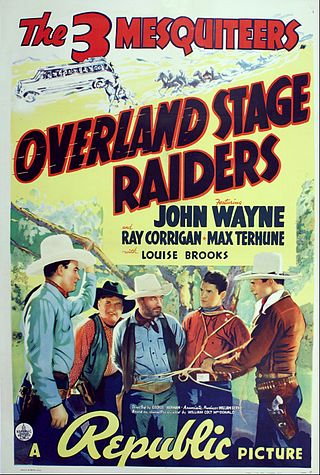
Overland Stage Raiders is a 1938 "Three Mesquiteers" Western film starring John Wayne and directed by George Sherman. The film is notable for being the final film in which silent film icon Louise Brooks performed. Wayne played the lead in eight of the fifty-one films in the popular series.
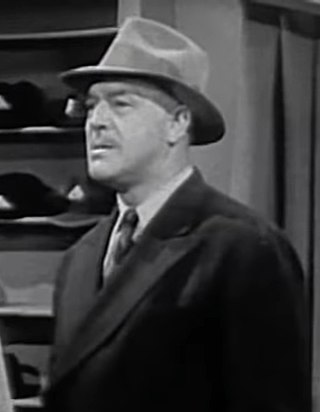
William Stanley Blystone was an American film actor who made more than 500 films appearances from 1924 to 1956. He was sometimes billed as William Blystone or William Stanley.
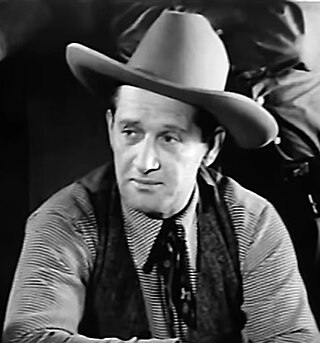
John Samuel Ingram was an American film and television actor. He appeared in many serials and Westerns between 1935 and 1966.

The Last Frontier is an American Pre-Code 12-chapter serial, distributed by RKO Radio Pictures in 1932. The story was based on the novel of the same name by Courtney Ryley Cooper.
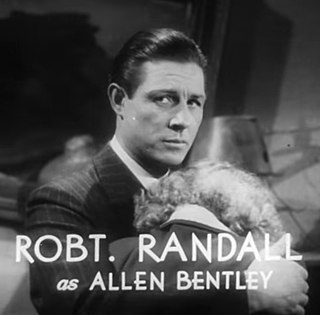
Robert Edward Randall was an American film actor known under his stage name, Robert Livingston. He appeared in 136 films between 1921 and 1975. He was one of the original Three Mesquiteers. He also played The Lone Ranger and Zorro.

Ghost-Town Gold is a 1936 American Western film directed by Joseph Kane and was the second entry of the 51-film series of Western "Three Mesquiteers" B-movies. It was based on the 1935 novel of the same name by William Colt MacDonald.

Roarin' Lead is a 1936 American Western film directed by Sam Newfield and Mack V. Wright and was the third entry of the 51-film series of Western "Three Mesquiteers" B-movies.














